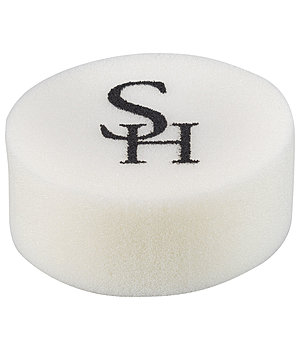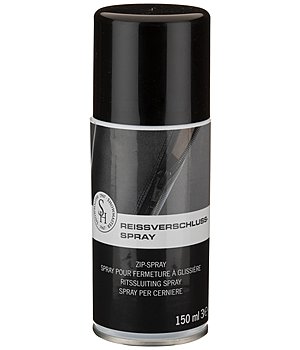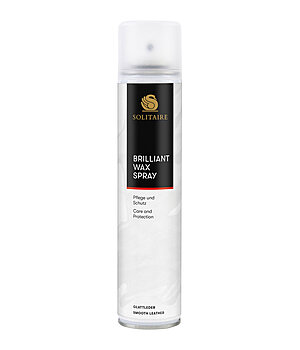Riding boot care – what to look out for?
Whether it’s the thin and soft leather of a classic riding boot or the robust PU material of yard boots that are exposed to dust and mud every day – in order to maintain the functional properties of your boots for as long as possible, you should rely on regular care!

Here we explain how to do this and which areas should be treated with particular care.
4 Steps to a well-maintained pair of riding and yard boots
Regardless of the material. The care of riding boots and jodphur boots should always consist of the following four steps:
1. Cleaning
Use a soft shoe brush to remove coarse dirt, especially in the case of yard boots, you should brush off the coarse dirt after each use. Before applying any care products to your riding boots, they should be cleaned with cold or lukewarm water and a sponge.


2. Drying
Allow a period of drying time after cleaning. Footwear care cannot be optimally absorbed on a wet riding boot. It is important not to accelerate the drying process by exposing the boots to direct sunlight or hot air, as the material – especially leather – can otherwise become brittle.
3. Care
Once the riding boots are completely dry, they are ready for long-term care. Here you should make sure that you use products that meet the material requirements. Depending on the consistency, the product is applied with a clean cloth or sponge and should be left to soak in for at least one hour.


4. Aftercare
Riding and yard boots have to withstand a lot. Wetness and dirt cause the material to deteriorate and become brittle if care is neglected. To ensure that the care applied can be absorbed into the boot in the long term and that water and dirt cannot penetrate the material, riding boots and jodphur boots should be treated with an impregnating agent. Please make sure to use a product that is suitable for the boot material.
Top care for your riding boots
You should pay particular attention to the following areas of your riding boots
Shoelaces are dirty
It is important to remove the laces before boot care so that you can also clean the boot tongue accordingly. Shoelaces also need appropriate care. Fabric laces can easily be hand-washed with a little liquid detergent or washed in a laundry bag at 40°C in the washing machine. The care of leather laces is essential, otherwise the material becomes brittle in the long run and the laces can tear. Therefore, remove the laces for the boot care and follow the same cleaning steps as for normal leather care.

If it should become necessary to replace the laces due to the signs of age – we offer matching replacement laces for all jodphur boots and riding boots in our assortment.
Zip care – a matter of its own
The most common reason for a defective riding boot is the zip. After all, it is subjected to strain every time the boot is put on and taken off. It is all the more noticeable when the zip is no longer as smooth as it was in the beginning. In most cases, defective zips can be avoided by taking care of them regularly. Special care sprays for zips are recommended for this purpose. Before doing so, however, the zip should also be cleaned of coarse dirt. This is best done with a toothbrush and some soapy water.

Elastic panel on the ankle boot
Mud can be quite stubborn on the elastic panel of a riding boot. The only thing that usually helps here is to wait, because when wet, you can hardly get the dirt out of the ribbed fabric. On the contrary: the more you scrub, the more you rub the dirt into the grooves of the elastic fabric. Therefore: let the mud dry and then brush it out with a soft plastic brush or toothbrush. Discolourations can then simply be cleaned with a little soapy water.

Contrasting boot stitching
Um ein optisches Highlight zu erzielen, sind manche Schuhnähte im Kontrast zur Schuhfarbe abgesetzt. Hier sollte man darauf achten, dass man sich für farblose Pflegemittel entscheidet, da der Effekt sonst abgeschwächt oder komplett verloren gehen könnte.

Lining care
You should always take the inner lining of your riding boot into account when caring for it. Sweat damages genuine leather and makes it brittle, so you should also clean leather linings regularly and treat them with a colourless care product. If your boot is a winter riding boot lined with sheepskin, you can take it easy when it comes to care. Sheepskin has natural antibacterial properties and reliably binds odours. If anything, you should clean the lining with a damp cloth and a little sheepskin detergent so as not to destroy the lanolin contained in the fur, which makes the fur so cosy and soft.












